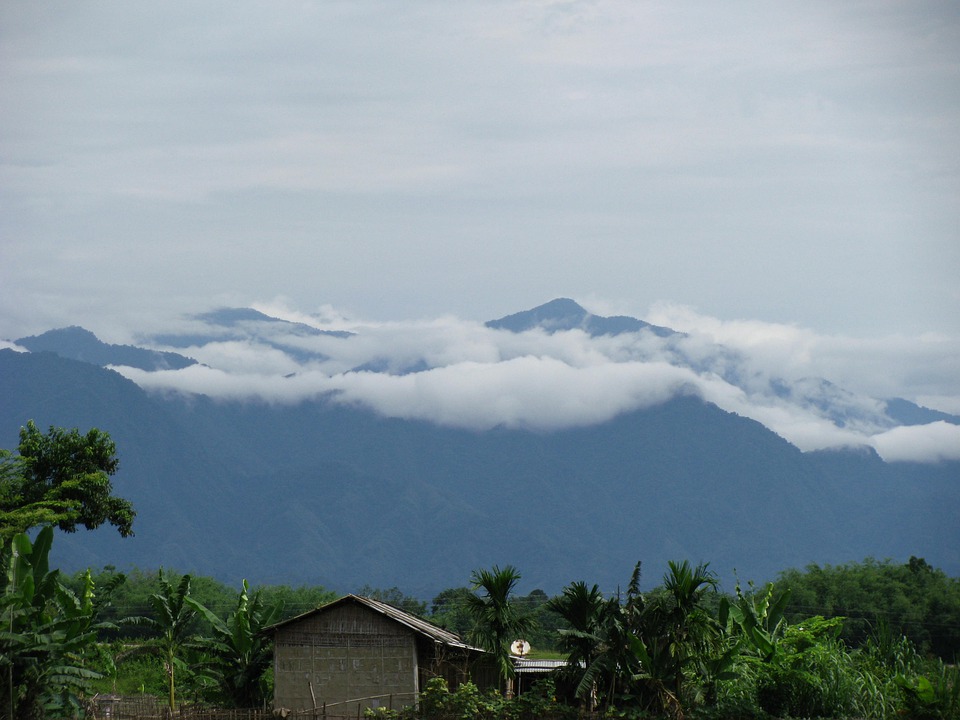
31/03/21 17:00 PM IST


What is Article 244(A) of the Constitution?
Why the act passed by Parliament and State legislatures not levied in these regions?
When did the demand for separate hill state in Assam arises ?
Where the powers of administration of tribal areas in Assam are mentioned ?
Who provides for setting up of regional councils in Autonomous regions?
How is it different from the Sixth Schedule of the Constitution?
The Sixth Schedule of the Constitution — Articles 244(2) and 275(1) — is a special provision that allows for greater political autonomy and decentralised governance in certain tribal areas of the Northeast through autonomous councils that are administered by elected representatives. In Assam, the hill districts of Dima Hasao, Karbi Anglong and West Karbi and the Bodo Territorial Region are under this provision.
Article 244(A) accounts for more autonomous powers to tribal areas. Among these the most important power is the control over law and order. “In Autonomous Councils under the Sixth Schedule, they do not have jurisdiction of law and order.

17 Sep
'Dehradun and several other districts in Uttarakhand have experienced very heavy rainfall over the past few days, triggering landslides in multiple areas and causing rivers to swel
Read More
08 Sep
'The Rajasthan Coaching Centres (Control and Regulation) Bill, 2025, is a significant piece of legislation passed by the Rajasthan Assembly to regulate and oversee the state's burg
Read More
28 Aug
'Recently, the Indian Space Research Organisation (ISRO) successfully carried out its first Integrated Air Drop Test (IADT-1), a crucial milestone in the preparation for the countr
Read More